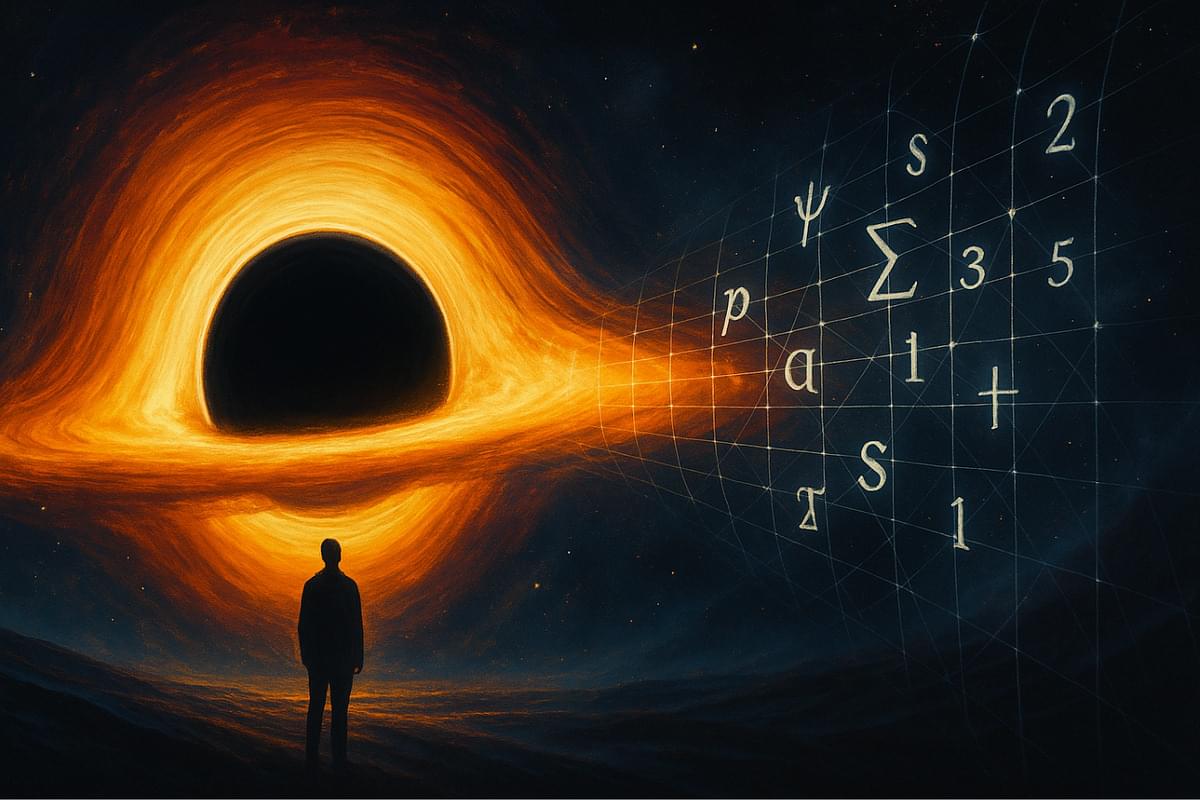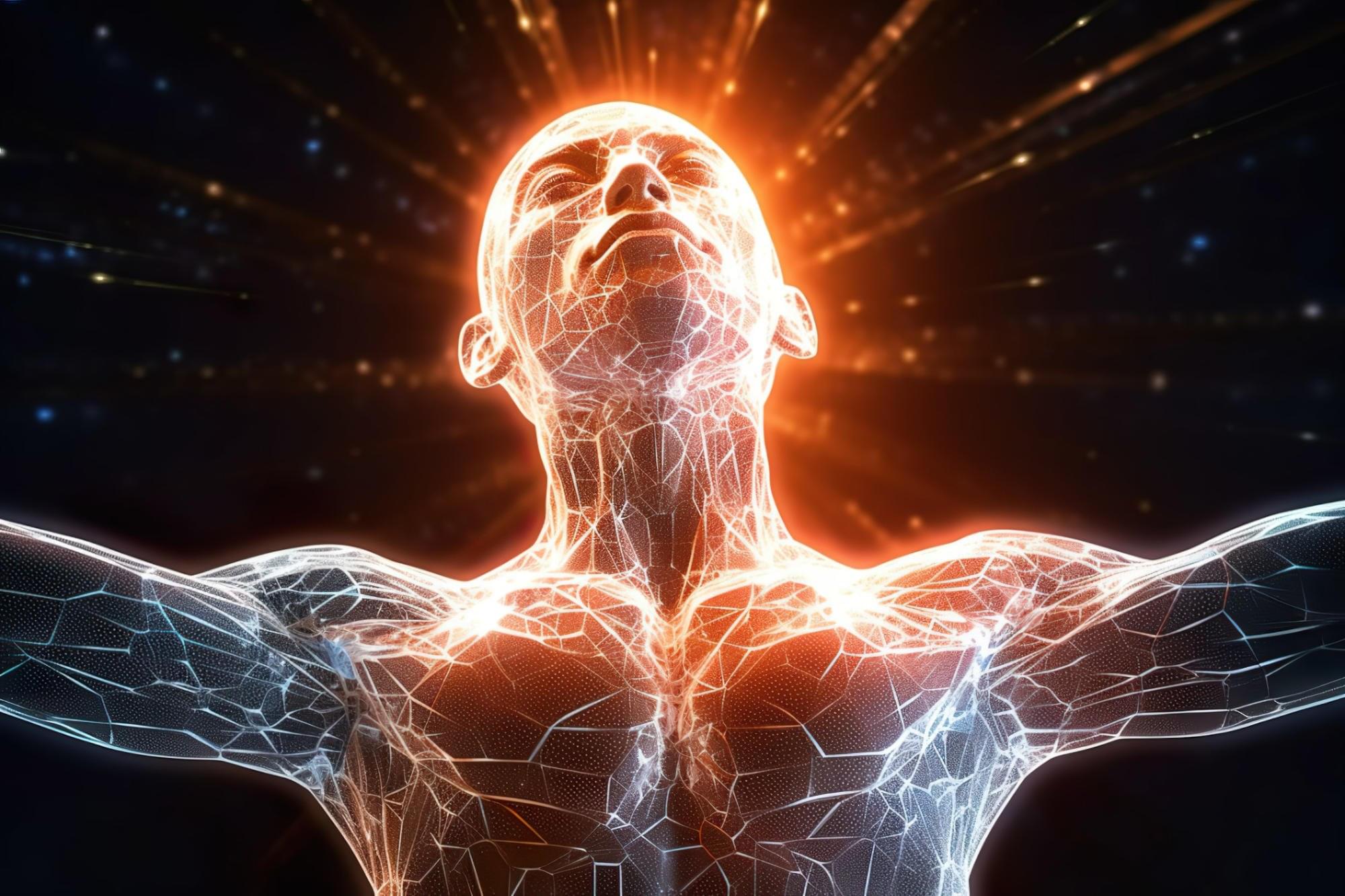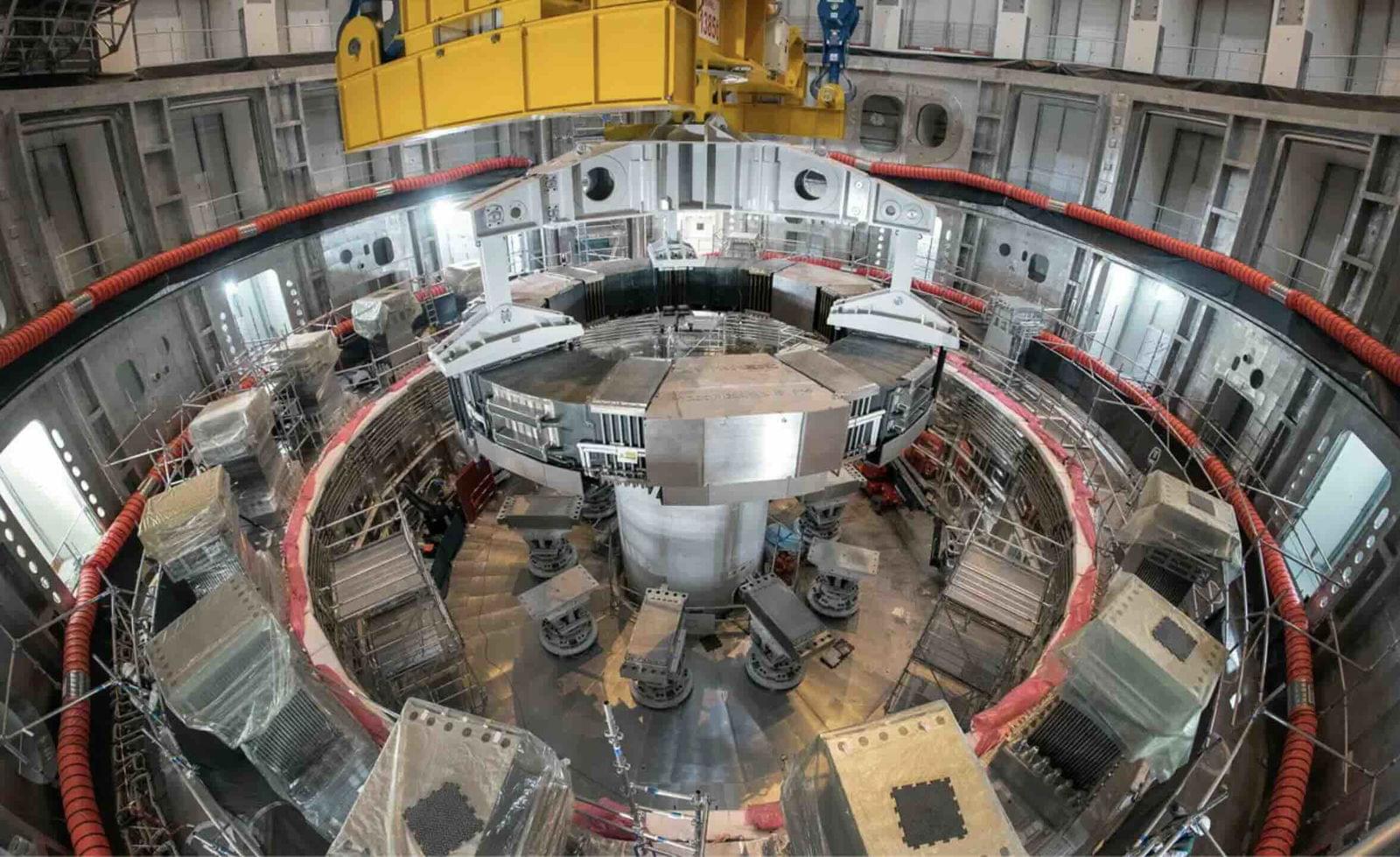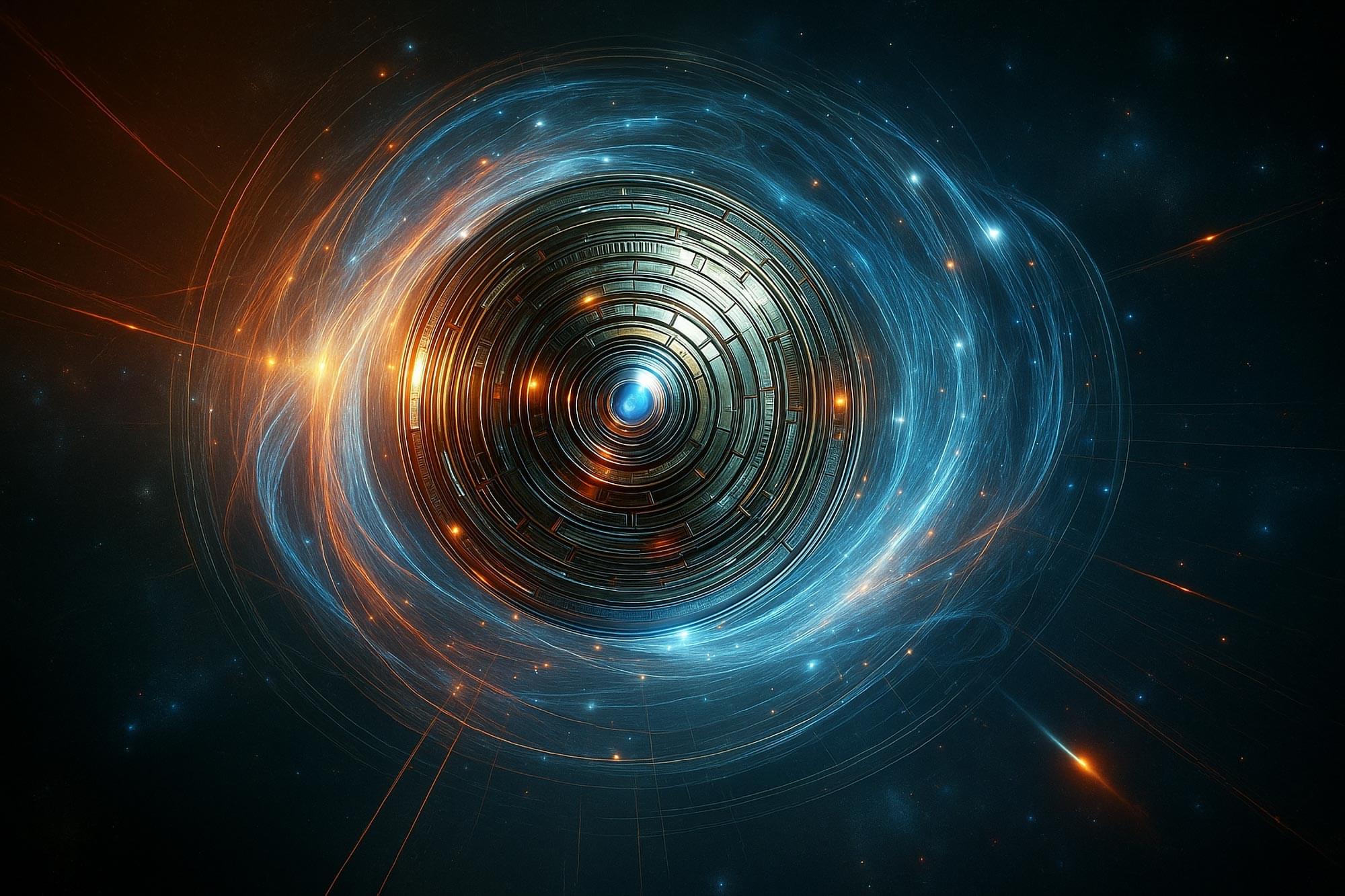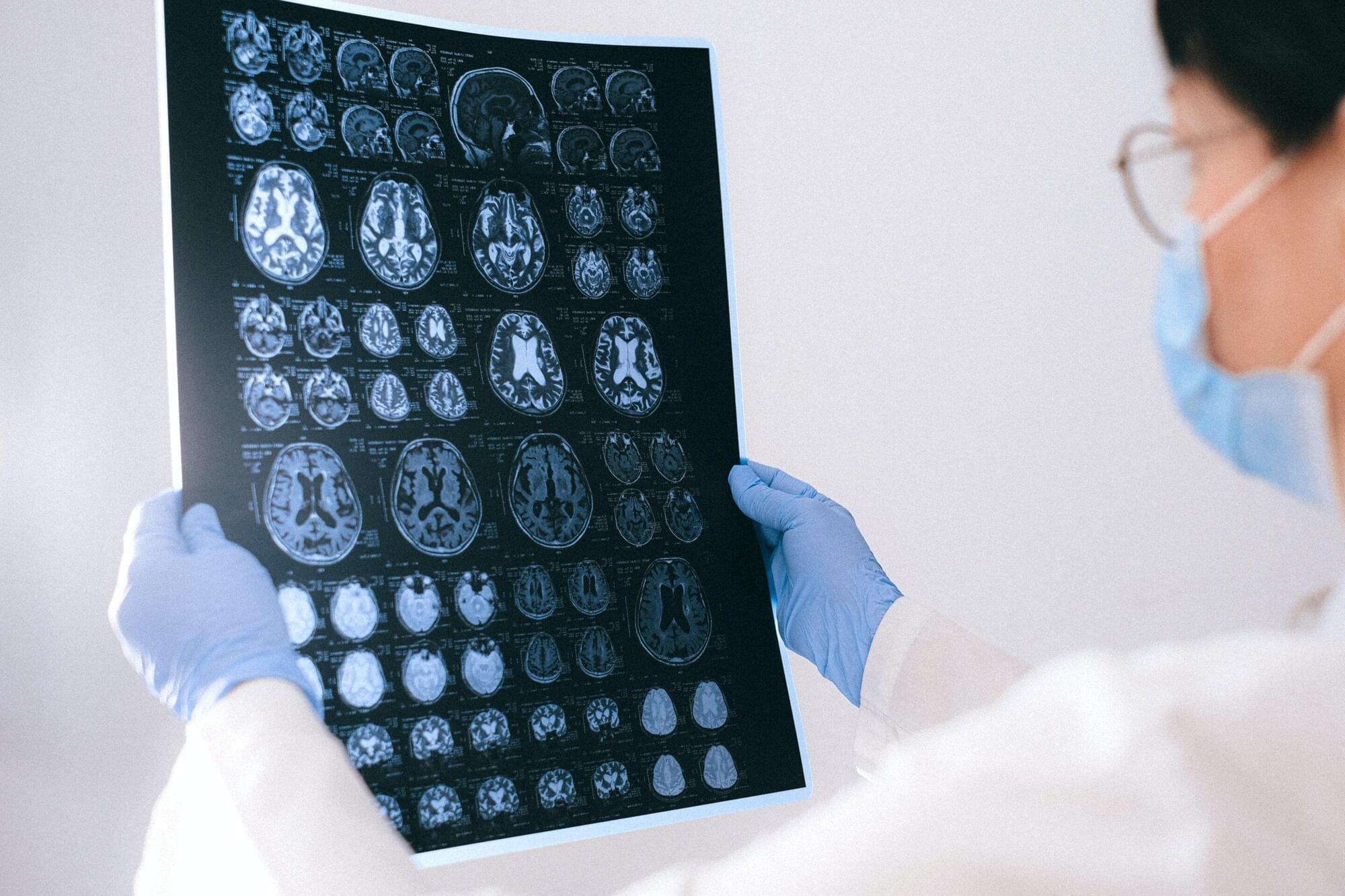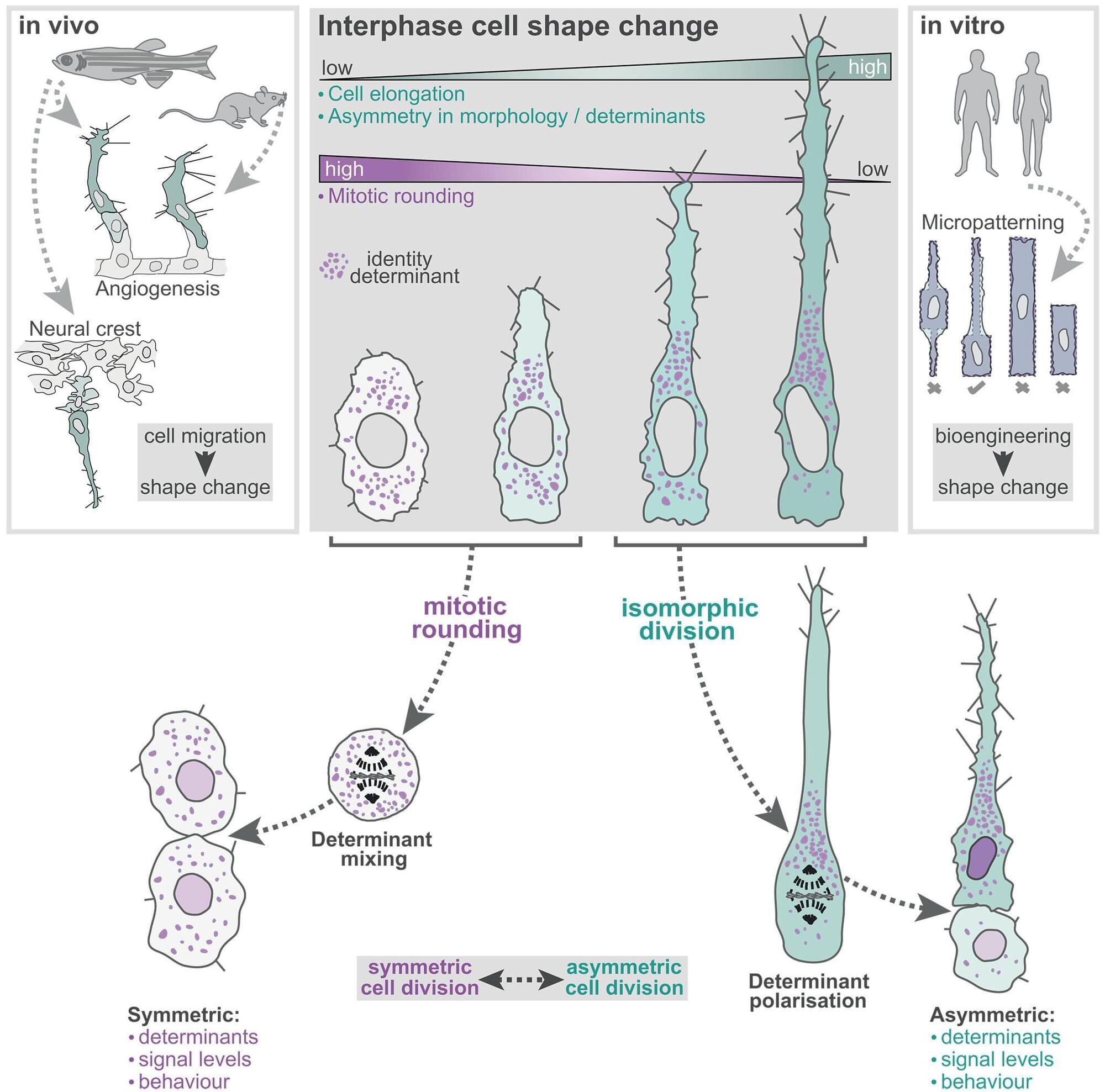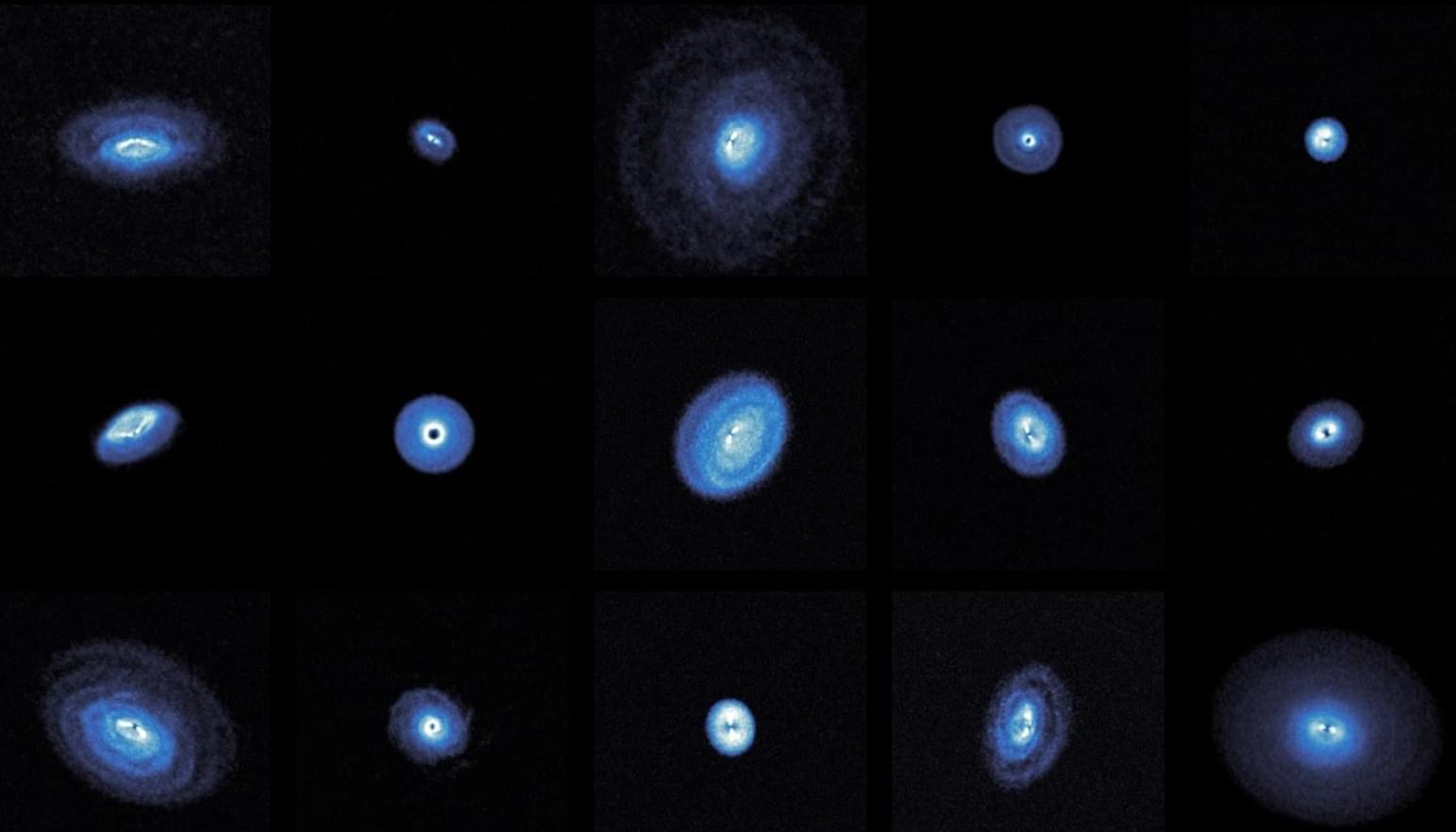MIT researchers have unveiled a groundbreaking periodic table for AI algorithms, offering a new way to categorize and understand machine learning methods.
Over the past several decades, human lifespan has steadily increased. However, this progress has also led to a growing proportion of the population suffering from age-related diseases such as cancer, neurodegenerative disorders, and diabetes. Extending both lifespan and healthspan, the period of life spent in good health, requires a deeper understanding of the biological mechanisms that promote healthy aging.
In the natural world, mammalian lifespans vary enormously, ranging from just 1 to 2 years in some rodents to more than a century in species.
A species is a group of living organisms that share a set of common characteristics and are able to breed and produce fertile offspring. The concept of a species is important in biology as it is used to classify and organize the diversity of life. There are different ways to define a species, but the most widely accepted one is the biological species concept, which defines a species as a group of organisms that can interbreed and produce viable offspring in nature. This definition is widely used in evolutionary biology and ecology to identify and classify living organisms.
In a critical fusion breakthrough, scientists from the international ITER nuclear fusion energy project have announced the completion of the sixth and final component of the reactor’s central solenoid, a magnet powerful enough to levitate an aircraft carrier.
Described as a “landmark achievement” by the 30-country ITER collaboration, the pulsed superconducting electromagnet and other completed components will be assembled at the group’s designated site in southern France.
“By integrating all the systems needed for fusion at industrial scale, ITER is serving as a massive, complex research laboratory for its 30-plus member countries, providing the knowledge and data needed to optimize commercial fusion power,” the group explained in a statement announcing the achievement.
Scientists have made a groundbreaking leap in detecting dark energy by developing a magnetically levitated precision force system.
Their experiments vastly surpassed previous methods, reaching a new level of precision that opens up unexplored realms of dark energy research. The work was so impactful it earned a featured highlight in Nature Astronomy.
Breakthrough in Dark Energy Detection.
In a study published Wednesday in the Proceedings of the National Academy of Sciences, University of Oklahoma researchers detail their discoveries about why the brain tumor glioblastoma is so aggressive. Their findings center on ZIP4, a protein that transports zinc throughout the body and sets off a cascade of events that drive tumor growth.
About half of all malignant brain tumors are glioblastomas, the deadliest form of brain cancer with a median survival rate of 14 months.
“Surgery for glioblastoma is very challenging, and patients almost always experience a relapse,” said the study’s senior author, Min Li, Ph.D., a professor of medicine, surgery and cell biology at the University of Oklahoma College of Medicine. “By better understanding why these brain tumors are so aggressive, we hope to open up paths for new treatments.”
Scientists from The University of Manchester have changed our understanding of how cells in living organisms divide, which could revise what students are taught at school. In a study published today in Science, the researchers challenge conventional wisdom taught in schools for over 100 years.
Students are currently taught that during cell division, a parent cell will become spherical before splitting into two daughter cells of equal size and shape. However, the study reveals that cell rounding is not a universal feature of cell division and is not how it often works in the body.
Dividing cells, the researchers show, often don’t round up into sphere-like shapes. This lack of rounding breaks the symmetry of division to generate two daughter cells that differ from each other in both size and function, known as asymmetric division.
New research shows that negative expectations, known as nocebo effects, exert a stronger and longer-lasting impact on pain perception than positive expectations, or placebo effects.
The immune system is comprised of two separate active arms of immunity to provide robust protection against disease. The two separate systems of immunity include the innate and adaptive immune responses. The innate immune system is the first on the scene when a pathogen enters the body. Different cells of this response include eosinophils, basophils, neutrophils, natural killer cells, macrophages, dendritic cells, and others. Once a pathogen is detected the innate immune system generates a generalized response to target a wide variety of diseases. The innate immune cells then relay detection of a foreign pathogen to the second level of immunity, the adaptive immune response. The second wave that fights off disease is more specific and includes T and B cells. The adaptive immune response is widely accepted as the stronger barrier of immunity because of its specificity and ability to mount a larger response. However, each work in concert with the other to elicit an optimal immune response and keep the body healthy.
Many different cells are involved in active immunity that help protect against infection. As a result, immunologists work to understand each cell’s impact on the immune system and how they function in the context of various pathologies. To activate the immune system during an infection or disease onset, immunotherapy is employed, which targets one or several immune cell types to redirect them to the infection. In particular, natural killer cells, are emerging as an optimal cell target for immunotherapy in ovarian cancer.
Natural killer cells are a type of white blood cell responsible for eliminating virus-infected cells and tumor cells. They secrete various molecules and proteins that signal a strong immune response. Additionally, they have been reported to develop immune memory, in which they can recognize previously encountered pathogen. These natural killer cells that develop immune memory are referred to as adaptive natural killer (aNK) cells. Scientists are working to understand more about these cell types and how they can be targeted for cancer immunotherapy.
Using ALMA, Teague’s team captured images of 15 young star systems sprinkled in space between a few hundred to 1,000 light-years from Earth. Rather than rely on direct detection of a young planet’s faint light, Teague’s team looked for the subtle clues these infant worlds imprint on their surroundings — such as gaps and rings in dusty disks, swirling gas motions caused by a planet’s gravity, and other physical disturbances that hint at a planet’s presence. To uncover these signatures, the researchers used ALMA to map the motion of gas within over a dozen protoplanetary disks.
“It’s like trying to spot a fish by looking for ripples in a pond, rather than trying to see the fish itself,” Christophe Pinte, an astrophysicist at the Institute for Planetary sciences and Astrophysics in France, who was also a principal investigator of the project, said in the statement.

